Casio Celviano AP-710 Digital Piano
-
Check out Casio’s newest version of this model, the AP-750, here.
Description
Product Overview
Despite a 40 year history of building musical instruments, Casio has traditionally dominated the entry-level and intermediate markets, with a lesser presence in the high-end world. This has changed over the last several years, due in large part to the advancements made by the Celviano Series, and especially the Celviano Grand Hybrid GP series instruments, which represent a legitimate fourth option alternative to the ‘Big 3’ of Kawai, Roland, and Yamaha in this portion of the market.
The Casio AP710 digital piano offers the exact same Sound Engine and samples as Casio’s flagship GP series models, with a more basic action and less powerful speaker system. Over previous generations’ models, Casio has improved the samples of the three legendary grand pianos delivered via the AiR Grand Sound Source – the Berlin, Hamburg, and Vienna grand pianos – with longer, more natural decay than its predecessor, creating a more refined level of authenticity.
If you’re seeking the very best sound Casio offers with 3 legendary piano samples, but don’t need the top action, the AP710 is a great value option that doesn’t break the bank.
Action
Overlaid with simulated ebony and ivory, the keys have a singular feel that makes them responsive to the touch. Although it might seem like the action is heavier, our impression is that the static resistance (the force required to start the key’s movement) is comparable to acoustic pianos, while the dynamic resistance is somewhat more substantial than expected.
While the weighting of the Casio AP-710 keyboard’s Tri-Sensor II 88-note scaled hammer action is comfortable, when put up against comparable offerings from Roland or Kawai, it may seem somewhat ‘mechanical’. Even though this is not typically a “make or break” situation for most players, it needs to be mentioned.
Piano Sound
The AP710 is loaded with the top sound engine Casio produces; the AiR Grand Sound Source with 256 note polyphony. They’ve incorporated something they refer to as Multi-dimensional Morphing here, which essentially mimics the way an acoustic pianos’s volume and character of sound changes from the time the keys are struck, until the note fades away, one of the many subtle nuances of this tone engine.
The main feature of this tone engine is of course the three main grand piano sounds it features. The first of the three, the Berlin Grand sound, was developed in collaboration with C. Bechstein. The 9 foot D 282, C. Bechstein’s absolute top grand piano and one of the finest concert instruments in the world, is the model Casio has sampled for this tone. Werner Albrecht, Service Director, and Master Piano Maker at C. Bechstein, actually visited Casio R&D department to supervise the development process of this particular sample. Overall, this sample is super clear and colorful.
The Hamburg grand sound is of course based on the Hamburg Steinway Model D, and definitely stands out for its brilliance and power, whereas the Vienna sound is based on the Bosendorfer Imperial, is the warmest of the three piano tones. In addition to three main grand sounds, there are an additional 23 tones present in the AP710 digital piano.
There’s a robust 6 speaker system here, powered by a 60-watt amplifier.
Connectivity
There’s a ton of connectivity options here with the AP710. We’ve got 2 stereo standard headphone jacks, MIDI OUT/IN terminals, LINE IN R, L/MONO jacks: Standard jacks x 2/ Input impedance, LINE OUT R, L/MONO jacks: Standard jacks x 2/ Output impedance, USB port: Type B and USB flash drive port: Type A. It is a little curious they chose not to feature Bluetooth Audio here, however, that’s not a deal-breaker.
Notable Features
The Concert Play feature found in the AP-710 is definitely going to be a super cool add-on for some folks. If you’ve ever wanted to be accompanied by an orchestra, this feature is for you. Previous generation models offered this feature as well, but it’s been improved with the newest generation models; you can now fine-tune the volume of the piano part to better find the ideal mix with the blend of the orchestra. This adjustment is also available while playing along with the built-in Song library.
- AiR Grand Sound Source tone engine
- 26 onboard sounds
- 256 note polyphony
- Acoustic Simulator Parameters: String resonance, Damper resonance, Damper noise, Key on action noise, Key off action noise, Hammer response, Lid simulator
- 88 note Scaled Hammer Action Keyboard II
- Layer, split, duet mode, transpose, octave shift
- Effects: Hall simulator (12 types), Chorus (4 types), Brilliance, DSP, Headphone mode
- 15 built-in songs
- On-board audio recording with space for 99 songs (44.1 kHz WAV Format)
- Lesson feature using 60 Music Library songs plus 10 users loaded songs
- Built-in soft, sostenuto, and damper pedals
- Metronome
Conclusions
Want a great sound engine, and don’t have an unwavering need for the best action available? Put the Casio Celviano AP710 on your wishlist.
Casio AP-710 Owner’s Manual
Specs
| Touch Response | 3 Sensitivity levels / Off |
| Key surface finish | Simulated Ebony and Ivory Keys |
| Hammer Action | Scaled Hammer Action Keyboard II |
| Sound Source | AiR Grand Sound Source |
| Max. Polyphony | 256 |
| Number of Built-in Tones | 26 |
| Number of direct tone select buttons | 8 |
| Duet Mode | Yes |
| Layer | Yes |
| Split | Yes |
| Octave Shift | Yes |
| Hammer Response | Yes (OFF,10 Levels) |
| Damper Resonance | Yes (OFF,10 Levels) |
| String Resonance | Yes (OFF,10 Levels) |
| Aliquot Resonance | - |
| Open Strings Resonance | - |
| Lid Simulator | Yes (4 Levels) |
| Key Off Simulator | Yes |
| Damper Noise | Yes (OFF,10 Levels) |
| Pedal Action Noise | - |
| Key On Action Noise | - |
| Key Off Action Noise | - |
| Hall Simulator / Reverb | OFF,6 types x 4 positions (Hall Simulator) |
| Chorus | OFF,4 types |
| Brilliance | 3~0~3 |
| DSP | Yes (Preset for some tones) |
| Key Transpose | 2 octaves (-12 semitones ~ 0 ~ +12 semitones) |
| Tuning Control | A4 = 415.5Hz ~ 440.0Hz ~ 465.9Hz |
| Scale Function | 17 |
| Music Library | |
| Number of Preset Songs | 60 |
| User Songs | 10 |
| Capacity for User Songs | Approx. 900KB (Up to approx. 90KB/song) |
| Controller | FF, REW, PAUSE, STOP, REPEAT, TEMPO CHANGE |
| Part ON/OFF | Left, Right |
| Concert Play | Yes (15 songs) |
| Controller | FF, REW, PAUSE, STOP, REPEAT, TEMPO DOWN |
| Mode | Listen, Play |
| Demo Songs | 6 (Tone Demo) |
| Metronome | Yes |
| Tempo Setting | 20 ~ 255BPM |
| Scene | - |
| Number of preset | - |
| MIDI Recorder | Yes (Real Time Rec, 5000 notes |
| Number of Tracks/Songs | 1 song, 2 tracks |
| Controller | FF, REW, PAUSE, STOP, REPEAT, TEMPO CHANGE |
| Audio Recording/Playback | 99 songs maximum, approximately 25 min./song (to USB flash drive, 44.1 kHz Stereo WAV format) |
| Controller | FF, REW, PAUSE, STOP, REPEAT |
| Operation Lock | Yes |
| Pedals | 3 built-in pedals (damper, soft, sostenuto) |
| Half-Damper pedal Operation | Yes (continuous) |
| Half pedal position | -2~0~2 |
| Display | Full-dot LCD with backlight |
| USB port (to Host) | Yes |
| USB flash drive port | Yes |
| MIDI IN/OUT | Yes |
| PHONES / OUTPUT | 2 (Stereo standard jack) |
| LINE IN | 2 (L / MONO, R), Standard jack |
| LINE OUT | 2 (L / MONO, R), Standard jack |
| Top Board Open / Close | Yes |
| Grand Acoustic System | - |
| Headphone mode | Yes |
| Volume Sync EQ | Yes |
| Speakers | 4.7" x 4 + 2" x 2 |
| 2-Way, 6 Speakers | |
| Amplifiers | 30W + 30W |
| Power Source | DC 24V |
| Power Supply | AC Adapter : AD-E24500LW |
| Auto Power Off | Yes |
| Power Consumption | 28 W |
| Included Accessories | |
| Score Stand | Yes |
| Score Book | Yes |
| Bench | Yes |
| AC Adapter | Yes (AD-E24500LW) |
| Headphone Hook | Yes |
| Dimensions | 54.2" x 16.8" x 35.9" (w/o score stand) |
| 105.8 lbs | |
| Specifications subject to change without notice. |
Additional Information
| Weight | 154 lbs |
|---|---|
| Dimensions | 23 × 59 × 25 in |
Reviews (0)
Be the first to review “Casio Celviano AP-710 Digital Piano” Cancel reply
You must be logged in to post a review.
Related products
Uncategorized
Uncategorized
Uncategorized
Uncategorized
Uncategorized
Uncategorized




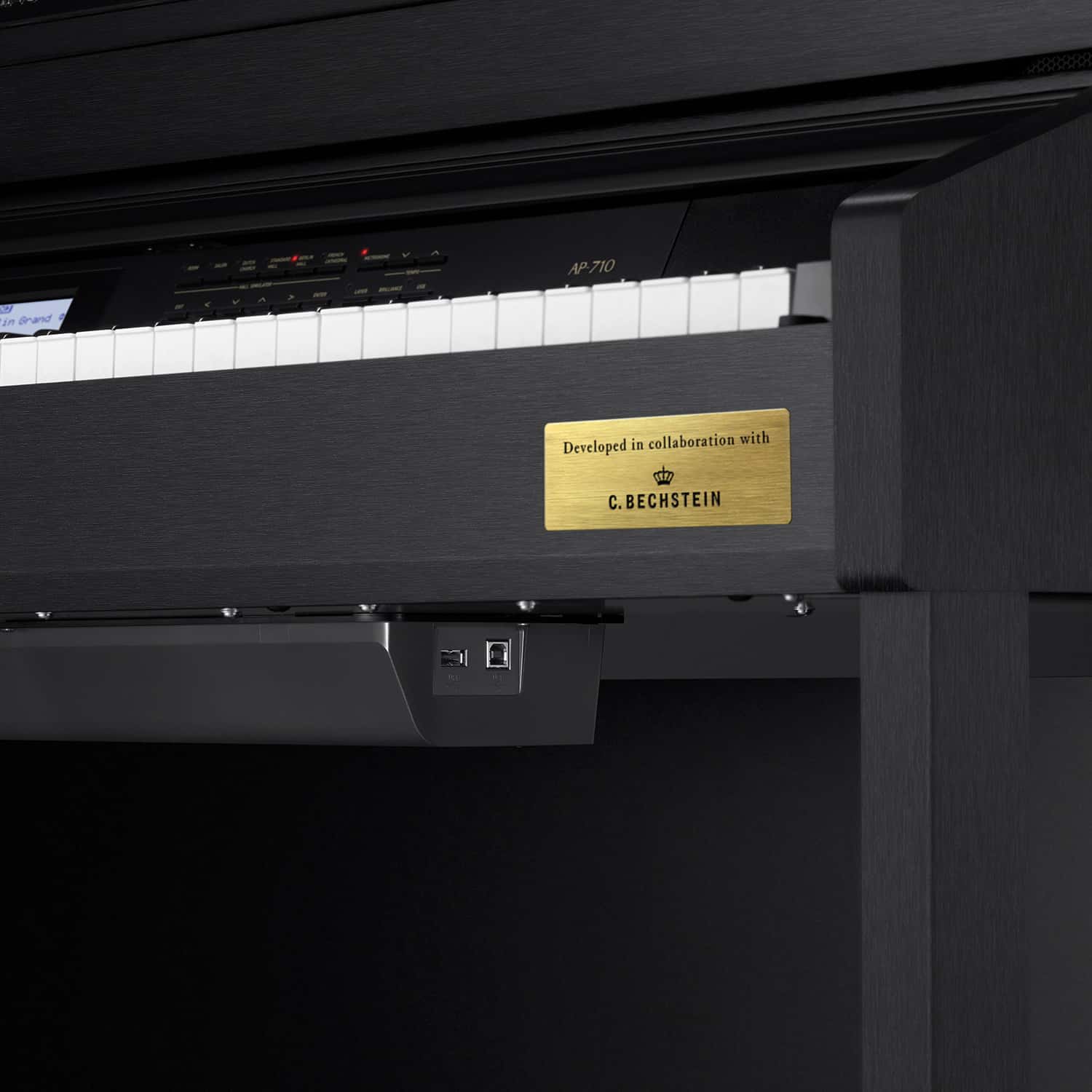

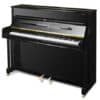
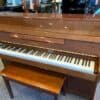
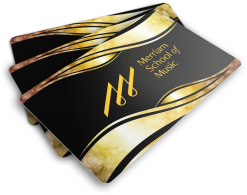
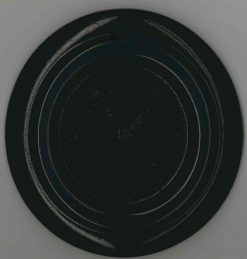

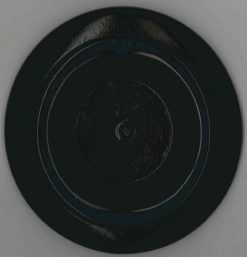




Reviews
There are no reviews yet.